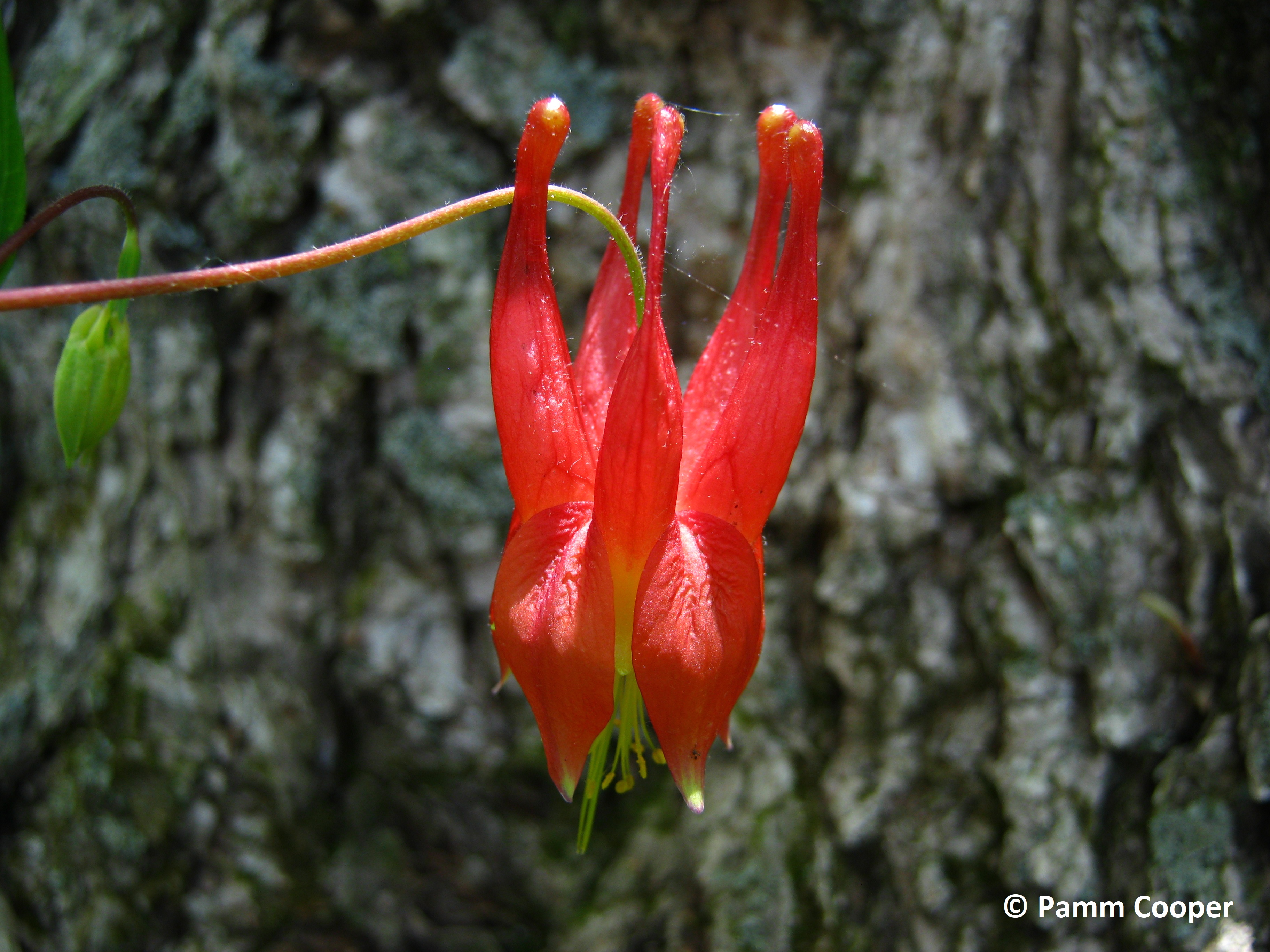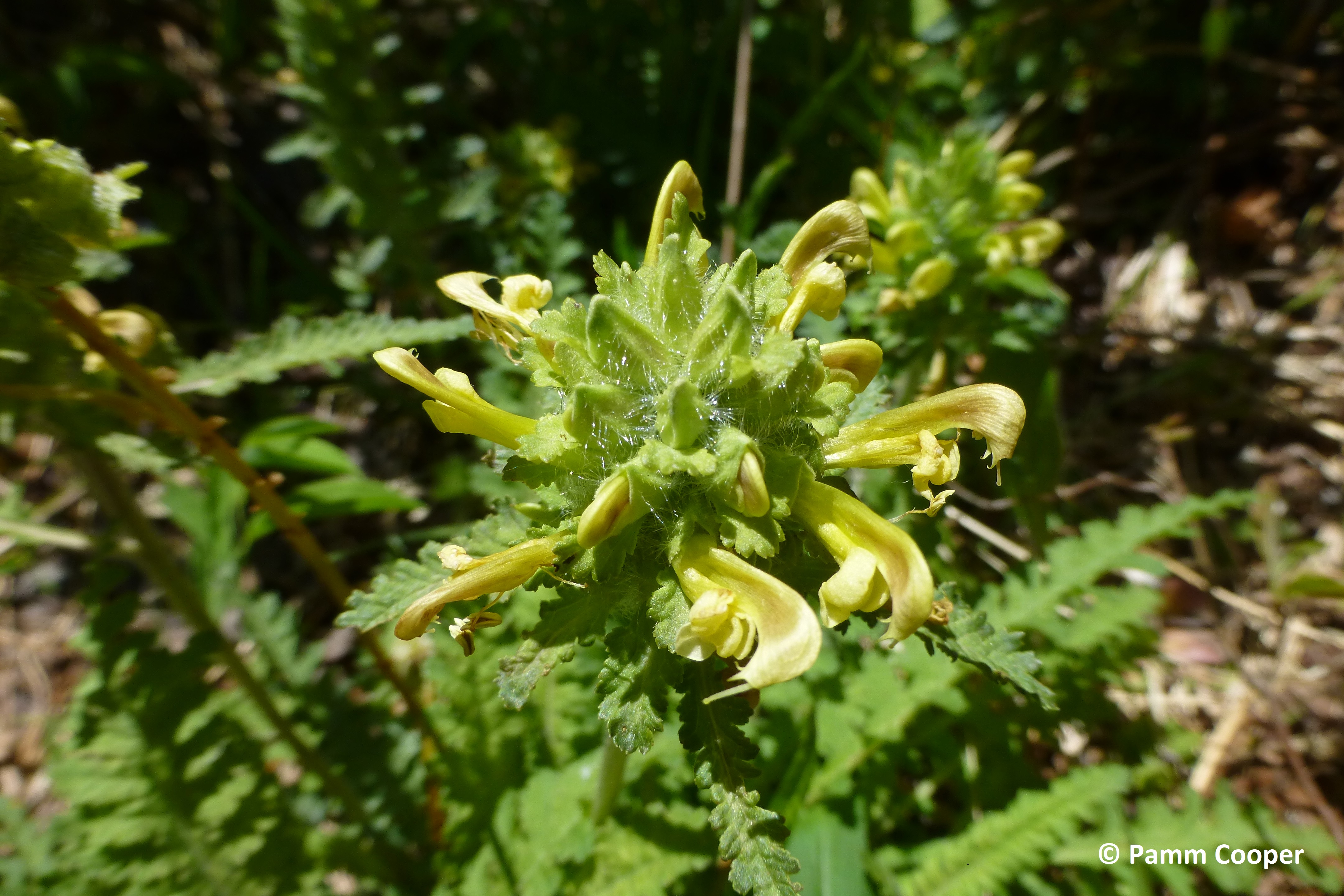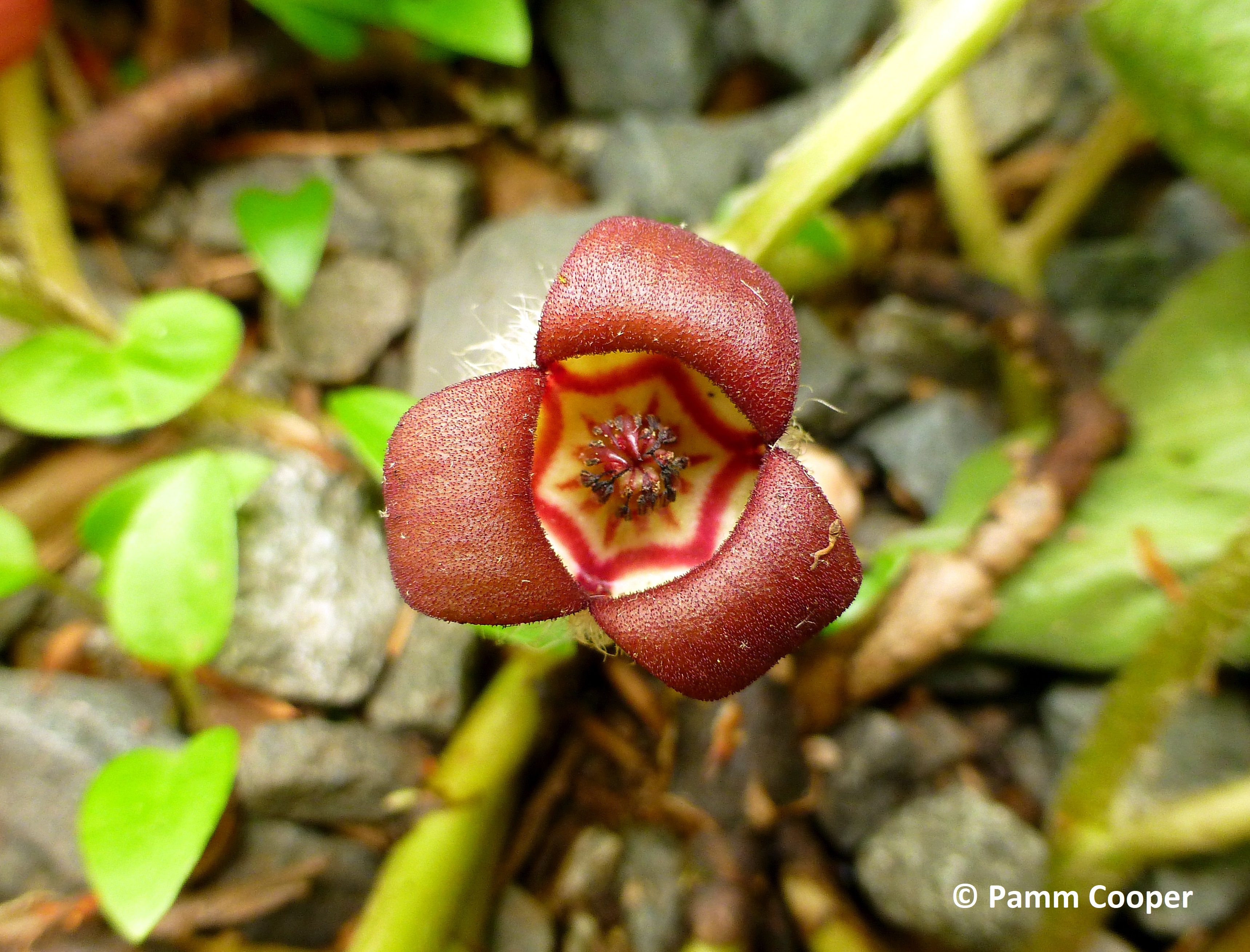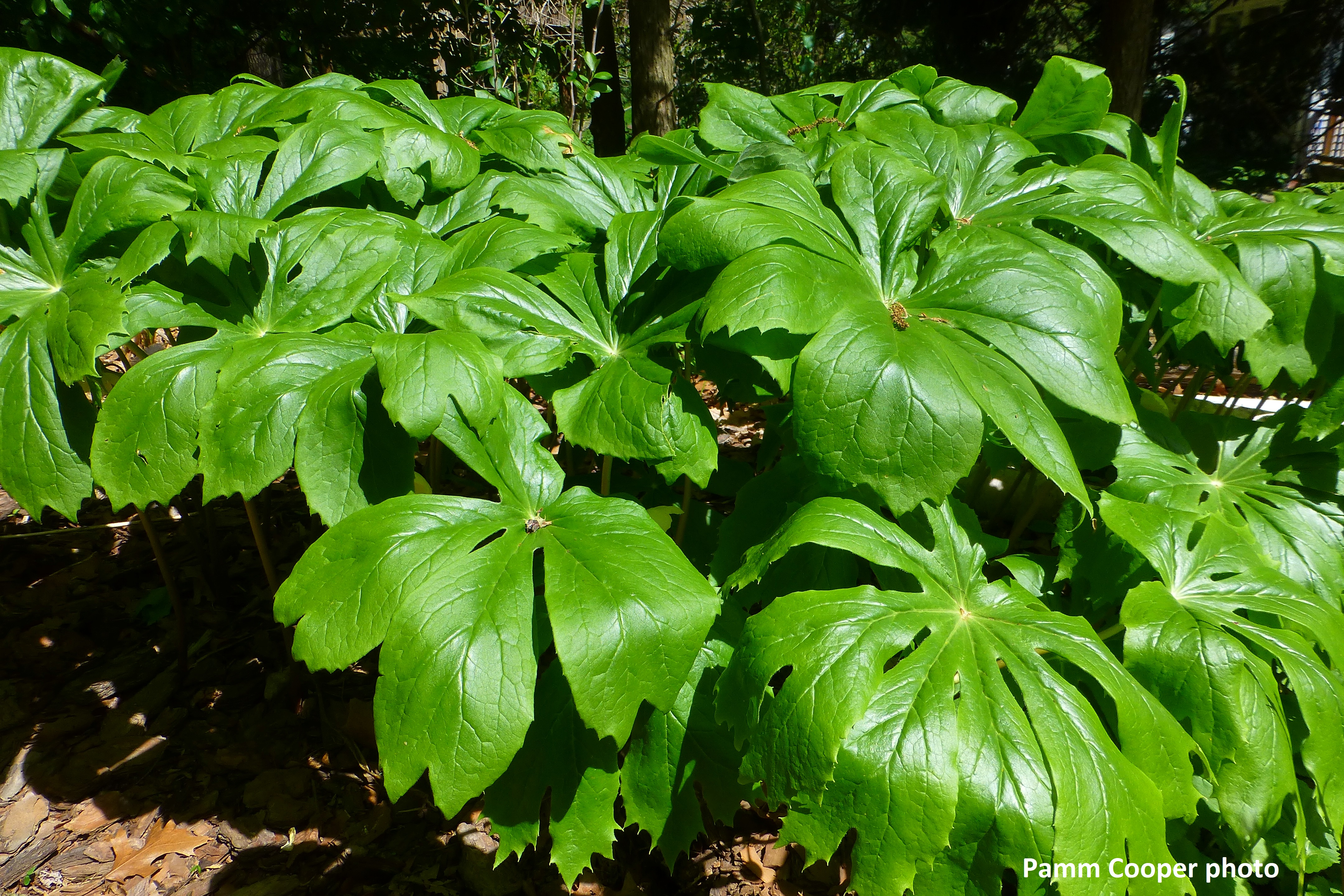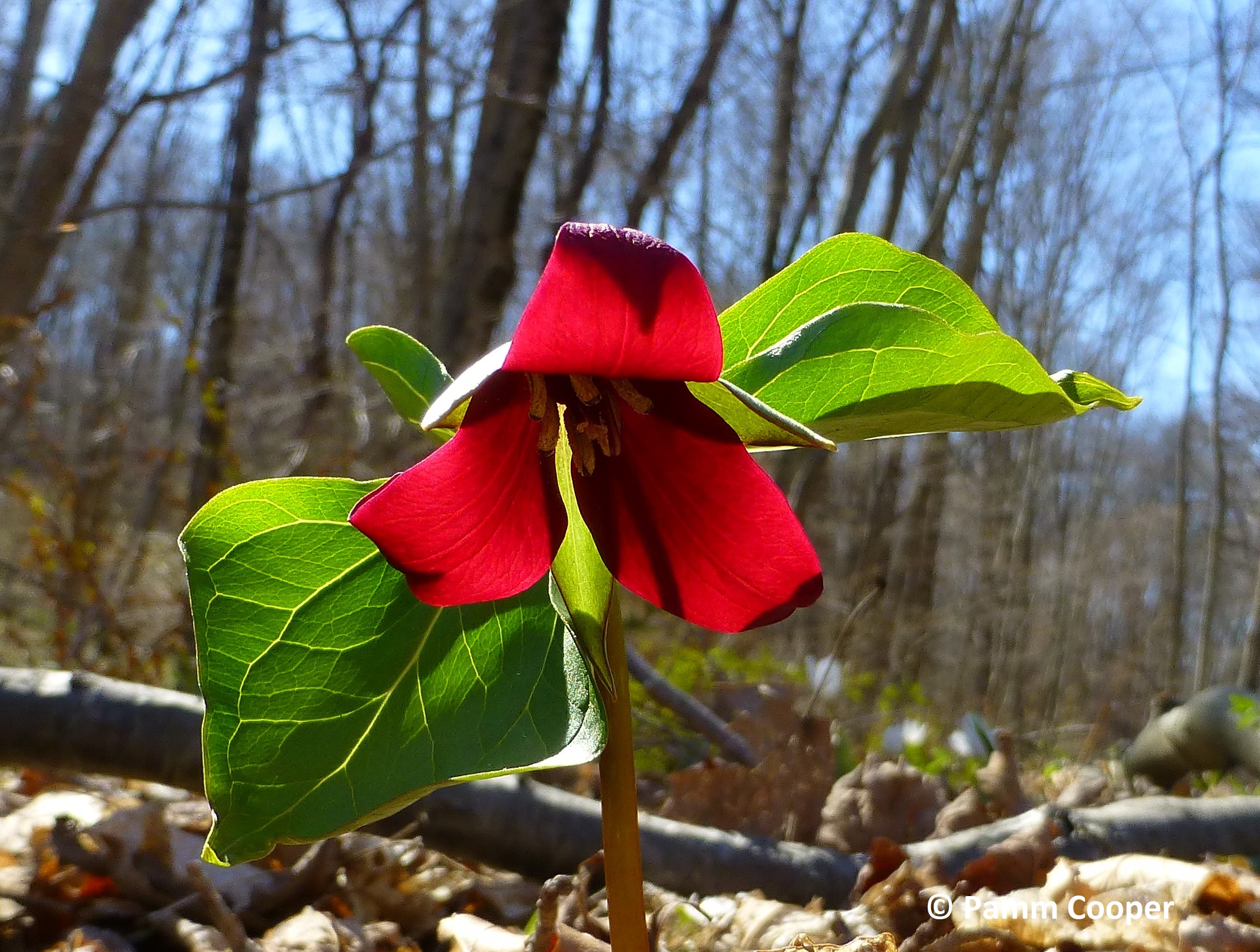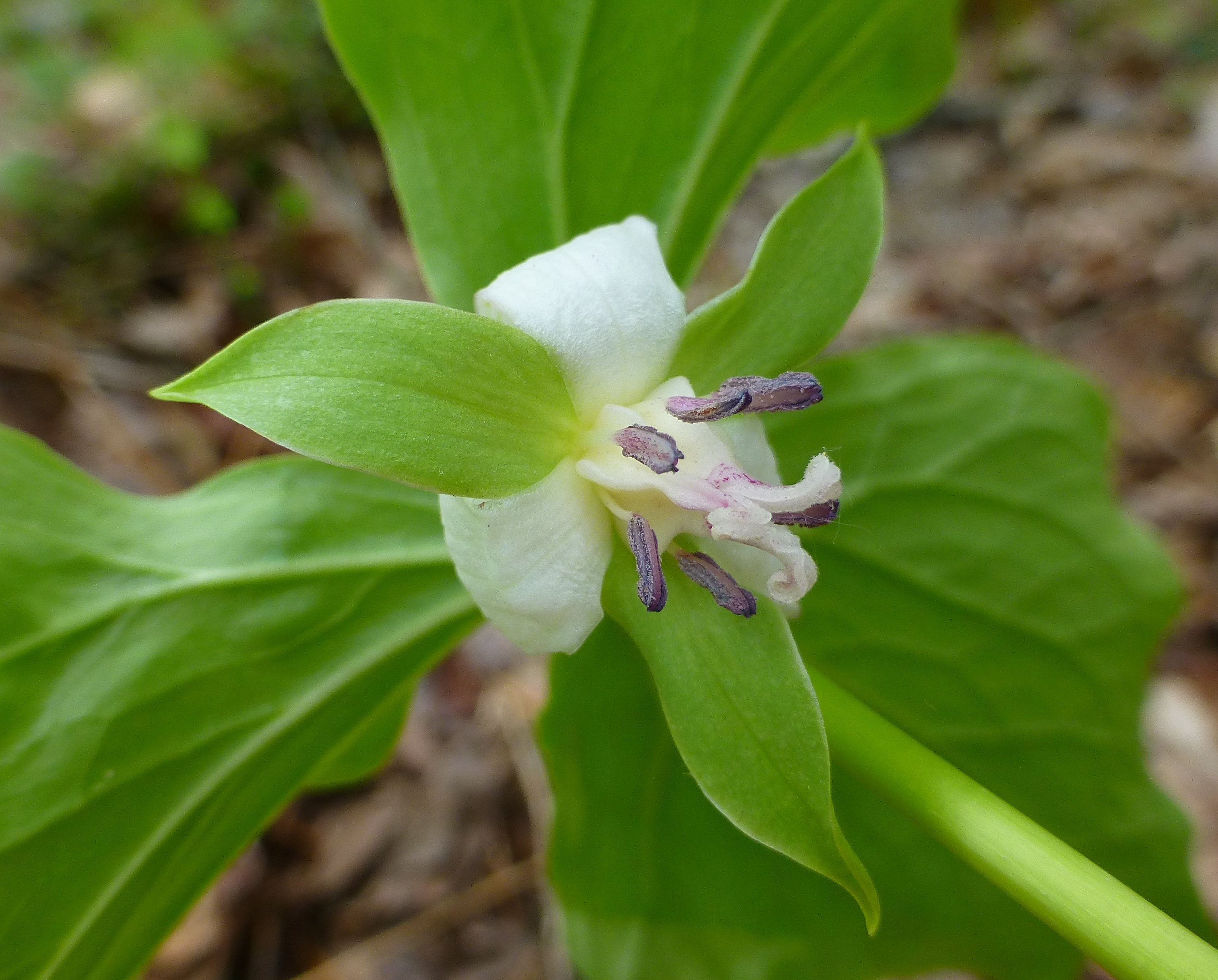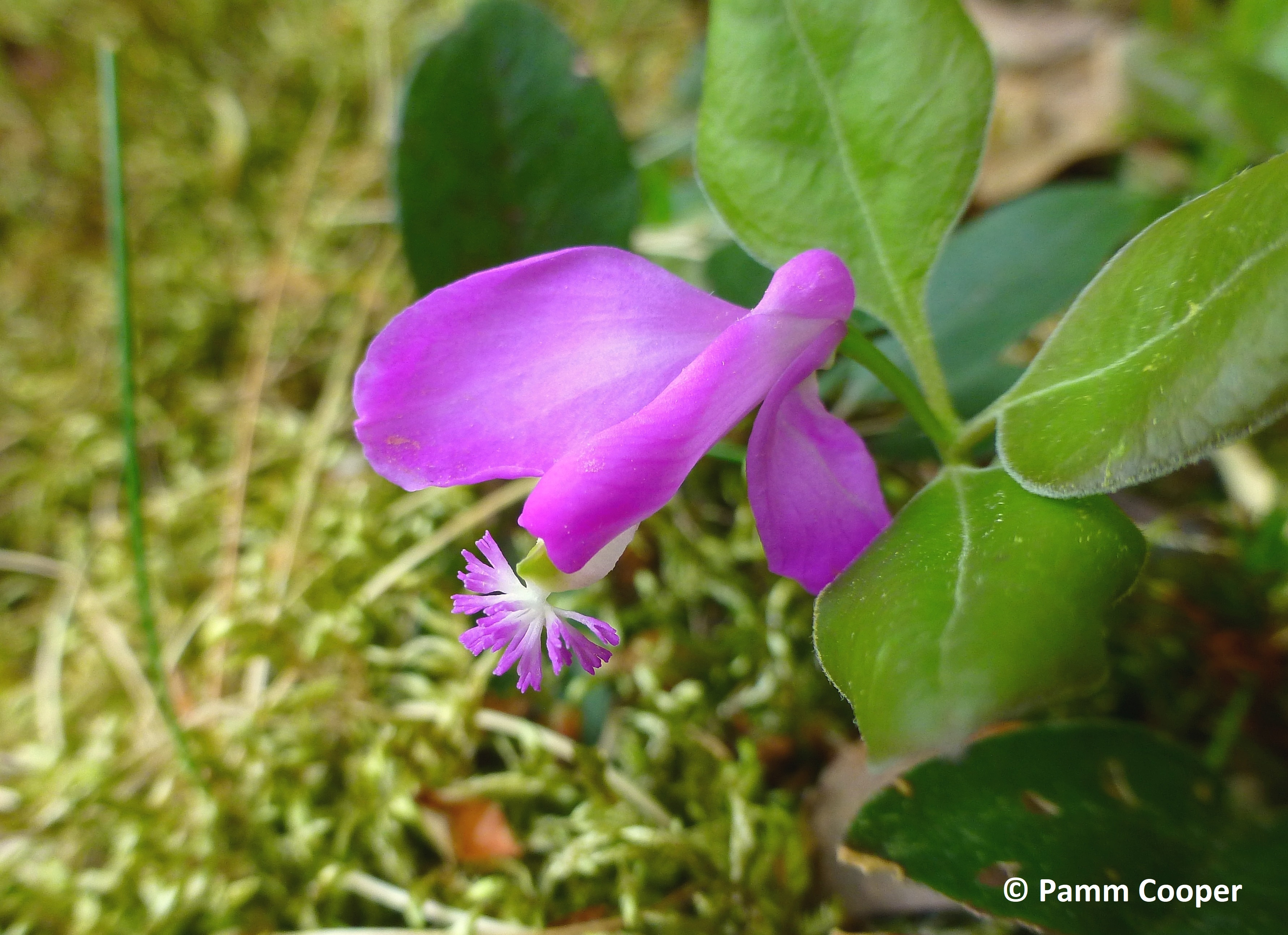
“The butterfly is a flying flower,
The flower a tethered butterfly.”
― Ponce Denis Écouchard Le Brun
May is a harbinger of things to come and the herald of things that are already here. Each May I look forward to the appearance of certain ephemeral wildflowers and butterflies that are worth the effort often necessary to search for them. For instance, small butterflies often have a limited flight range, and to find them, you need to know when they start to fly, what flowers they visit, and what the host plants are for their caterpillars. Some wildflowers can be hidden by taller plants surrounding them and a surprise when come across.

The Eastern pine elfin, Callophrys niphon, is a tiny hairstreak butterfly that has only one brood and a flight time that may go from mid-April- June, but is more likely to be found in flying about in mid-May. Small enough to fit on your fingernail, this elfin is often seen nectaring on blueberry, huckleberry and wild strawberry near its caterpillar’s host plant, white pine.

Henry’s elfin, Callophrys henrici, is another small hairstreak with an early spring flight time. Mid May is a good time to look for males perching on host plants like redbud, huckleberry, blueberry and viburnums during the day. Nectar sources include willows, hawthorn and pussytoes. Where both species are found, you may come across both the eastern pine and Henry’s elfins in the same stand of wild blueberries or huckleberries.

Horace’s duskywing, Erynnis horatiu,s is another small butterfly found in dry fields near oaks, which is the host plant of its caterpillar. Often confused with Juvenal’s duskywing which flies at the same time, Horace’s has several larger glassy spots on the forewings. They have a rapid, darting flight and feed and perch with wings outstretched.

One flowered cancer root is an interesting parasitic wildflower that has no chlorophyll and depends upon a host plant for nutrients. An annual, once the seed germinates, a host plant must be found within a day. Hosts include the genus Sedum and members of the families Saxifragaceae and Asteraceae. The plant consists of a 3-10 inch stem with a single purple to white flower which is covered in hairs and looks like sugar crystals have been sprinkled on it. Look for this plant in May in wet fields or meadows among tall grasses with host plants nearby.

Garlic mustard, while an invasive plant and worthy of being pulled up, is still useful to bees as a pollen and nectar source. While of use to native pollinators, I still yank out any garlic mustard I can and hope native plants like Geranium maculatum will take its place.

Columbine and Geranium maculatum bloom for a long period of time and are visited by many pollinators, with columbine a favorite of hummingbirds as well. These plants are often found together along country roadsides and ditches, as well as power line right-of-ways. If at the edge of woods, nodding trillium may also be found nearby. This trillium has very large leaves which hide the drooping flower beneath them.

Fringed polygala, a diminutive wildflower that is no taller than 6 inches and has tiny pink airplane- like flowers is a personal favorite. Two of the flower petals unite to form a tube, with the third keeled with a pink fringe. They can be found along dappled wood lines in May or under pines.

Shrubs and small trees also can have striking flowers, and one is the nannyberry, Viburnum lentago. Tiny white flowers occuring downward curved panicles that can be 5 inches across. Flowers attract many native pollinators and later on the fruits are eaten by many bird species.

The native pinxter is another shrub or small tree that makes itself known through its display of showy pink flower clusters that appear before its leaves and linger well after its leaves are fully out. Hummingbirds visit the flowers of this wetland plant.

This spring has had a good display of both native and ornamental flowering trees, shrubs, bulbs and early perennials. Butterflies are already more abundant than last year, and hopefully that will continue throughout the year. Spring is the forerunner of better things to come, but for right now, spring has enough for those of us who are wildflower and butterfly enthusiasts.
Pamm Cooper

